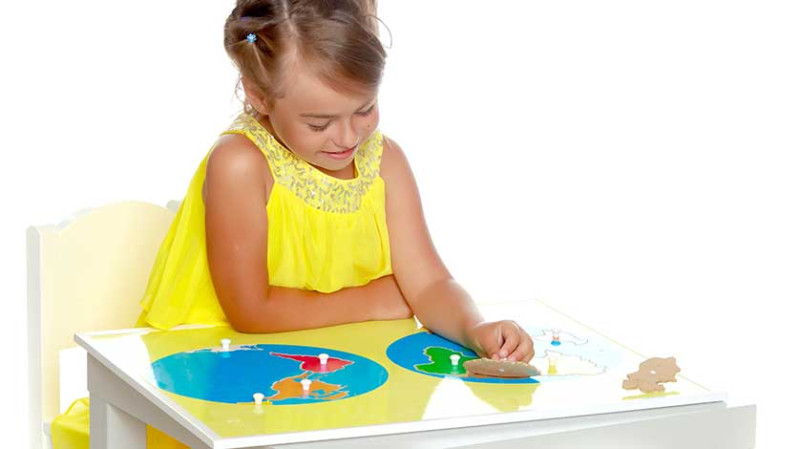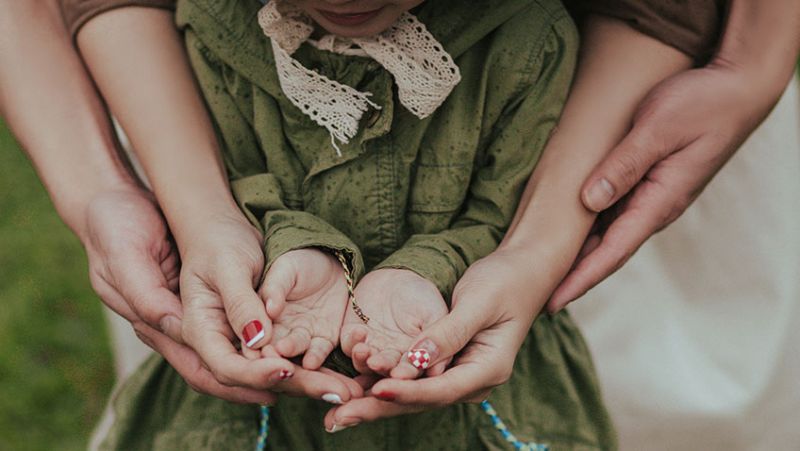
The Montessori method is more than just a buzzword in education and parenting—it's a powerful philosophy that influences how children learn, play, and interact with the world around them. Developed over a century ago by Maria Montessori, an Italian physician and educator, this method fosters independent thinking, sensory exploration, and a love of learning in children. But Montessori isn’t just for schools—it’s also transforming how families and professionals design interior spaces, curate children’s toys, and create home environments that promote creativity and functionality.
For DIY enthusiasts, young professionals considering design upgrades, architects, designers, and tradespeople in the UK, understanding the Montessori philosophy can offer fresh perspectives on space planning, furniture selection, and child-friendly home interiors. Read on to explore how you can implement Montessori principles in your home or design project—from choosing the right toys to creating practical, inviting spaces that encourage autonomy and growth for the youngest members of the household.
What is the Montessori Method?
The Montessori method revolves around child-led learning, where every element of an environment is tailored to foster independence, curiosity, and hands-on exploration. Unlike traditional education models, Montessori encourages children to choose their activities and engage in practical, purposeful play.
A cornerstone of the Montessori philosophy is the belief that children learn best when they are free to follow their interests in a structured yet flexible environment. This approach allows them to work at their own pace while developing critical thinking and problem-solving skills.
The adult's role in Montessori is as a guide, not a lecturer. Parents, teachers, or caregivers prepare the environment, observe the child closely, and step in when guidance is needed, but never interrupt the child’s concentration once they are engaged in a task.
Incorporating Montessori into everyday home life can without doubt create a more harmonious, functional, and purposeful space—benefitting not just the children, but the entire household.
Why Montessori is Gaining Momentum in UK Homes
Montessori’s principles align beautifully with the growing demand for minimalist, sustainable, and function-oriented home design—making it a favourite among British families looking for thoughtful interiors. Whether you’re revamping a nursery or designing a whole family house, the Montessori method can offer purpose behind your aesthetic choices.
Younger UK homeowners often seek uncluttered, flexible interiors that promote wellbeing—a hallmark of the Montessori lifestyle. The method’s focus on simple, natural materials and open space also works harmoniously with modern and Scandinavian-inspired interiors popular across the UK today.
In particular, tradespeople and designers are finding that Montessori-inspired renovations and furniture solutions offer something unique in a crowded market: spaces designed with intentionality and future-proofed for growing families. Understanding Montessori-based design principles could give your project or business the edge it needs to stand out.
Core Principles Behind the Montessori Environment
A key part of the Montessori lifestyle is the carefully prepared environment. This refers to a space that is safe, aesthetically pleasing, and perfectly scaled to the child’s needs. Below are a few essential principles of a Montessori home:
- Accessibility: Furniture and tools should be child-sized so children can do things independently—whether it's placing dishes in a low cupboard or choosing their clothes from a small wardrobe.
- Order: Each item should have a place. Children are more at ease in ordered environments, and an organised space promotes focus and responsibility.
- Natural Materials: Montessori materials are often made of wood, metal, or fabric. These stimulate the senses and are more sustainable than plastic alternatives.
- Freedom within Limits: The environment should allow children to make choices while maintaining boundaries—for example, choosing from 3 age-appropriate activities rather than unlimited options that can overwhelm.
- Aesthetic Beauty: Montessori spaces are tidy, calm, and pleasing to the eye—something any home designer or tradesperson would agree is essential!
For professionals designing residential spaces, especially family homes in urban areas like London or Manchester, these principles can be game-changers. Offering clients design insights that align with parenting philosophies can add an entirely new service dimension.
Choosing Montessori Toys – Less is More
The Montessori philosophy advocates for fewer, better-quality toys that engage kids in open-ended play and real-world skills. While it can be tempting to fill a toy box with plastic gadgets and games, a Montessori environment typically uses a handful of thoughtfully chosen toys at any time.
The best Montessori-aligned toys are those that foster concentration, independence, and imagination. They are often made of natural materials like wood and designed to teach a single concept or skill. Think stacking rings, shape sorters, puzzles, and kitchen tools scaled for little hands.
Many families rotate toys weekly to maintain freshness and interest, reducing clutter and over-stimulation. This idea can be incorporated into furniture design, such as low, open shelving units with built-in cubbies made from sustainable wood—attractive for clients looking for both beauty and function.
Avoid toys that light up, play music, or ask kids to push buttons to ‘learn’. These are typically not aligned with Montessori principles because they override a child's natural desire to think, explore, and experiment independently.
Designing a Montessori-Inspired Room: Practical Applications
Integrating Montessori principles doesn’t require an entire home renovation. Even small design choices can make a big difference. Here’s how DIYers and professionals in the UK can begin:
- Child-Sized Furniture: Opt for low tables, chairs, and wardrobes. Custom baskets or trays can help display activities clearly.
- Low Shelves: Fixed at child height to allow independent selection of toys, books, or tools.
- Bedroom Design: Floor beds replace cribs in the Montessori model, giving toddlers the freedom to get in and out safely on their own.
- Functional Décor: Include real objects that are beautiful and purposeful—like a child-height mirror in the hallway or a working water dispenser in the kitchen.
These ideas not only improve a child’s experience but also elevate the functionality and resale value of a home—a compelling proposition for property developers and young homeowners.
Benefits of a Montessori Home for Families
A Montessori-aligned home is more than beautiful—it’s deeply functional. When children are supported to become independent from a young age, it benefits everyone in the household. Parents report less stress when their children are able to prepare snacks, dress, or tidy up on their own.
Moreover, homes designed with Montessori in mind are generally calmer, cleaner, and better organised. This is appealing to today’s young professionals who may blend parenting with busy careers and desire peace in their home environment.
Montessori also builds mutual respect between parent and child—designing an environment that reflects equality and empowerment. For example, a small stool in the bathroom for tooth brushing helps a child take part in daily tasks without constant help.
From a trade and design perspective, the emphasis on longevity, sustainability, and skill development can lead to more thoughtful client recommendations and value-added services.
Montessori Furniture & Décor: Trends and Options in the UK
The UK market is now rich with Montessori-inspired furniture makers and eco-conscious toy designers. Many of these creators cater specifically to the needs of modern British homes—where space may be tight, but ambition runs high.
For design professionals and tradespeople, there’s a growing opportunity to collaborate with local makers or even produce bespoke Montessori-friendly fittings—from adjustable shelving systems to built-in nooks for child play. These can become standout features in a listing or a brand portfolio.
Likewise, retailers interested in Montessori product lines are seeing a surge in customer interest, especially among London and Brighton-based families who value ethical, beautifully designed interiors for their children.
Summary Table: Quick Montessori Design Guide
| Element | Description | Montessori Principle |
|---|---|---|
| Low Bed Frame | Accessible floor-level bed for toddlers | Promotes independence |
| Child-Sized Table/Chairs | Allow child to eat, craft, or work on their own | Respect for the child |
| Open Shelving | Rotatable toy and activity display | Encourages order and autonomy |
| Natural Material Toys | Wooden puzzles, realistic objects | Sensory and cognitive development |
| Functional Decor | Child-height mirrors, coat hooks, storage | Empowerment through environment |
Final Thoughts
Embracing Montessori at home isn’t about creating a perfect Pinterest-worthy space—it’s about being intentional in how we design for the youngest occupants of our homes. Whether you’re a parent, designer, remodeler or builder, Montessori ideas can transform not just how a room looks, but how it’s used, felt, and remembered.
By understanding the method, investing in quality toys, and enhancing the environment’s accessibility and aesthetics, UK professionals and home enthusiasts can create meaningful, functional spaces that grow with the family and spark lifelong learning.





